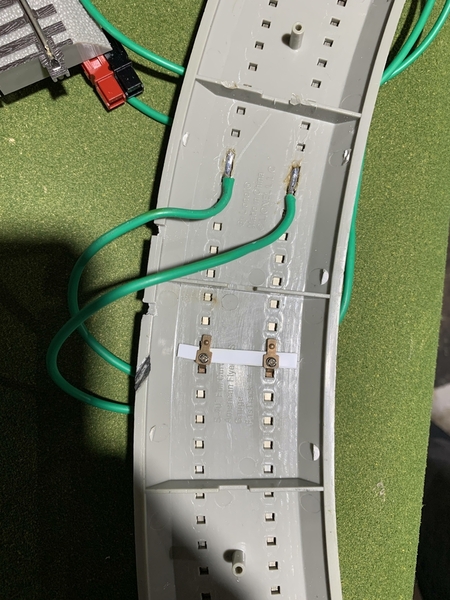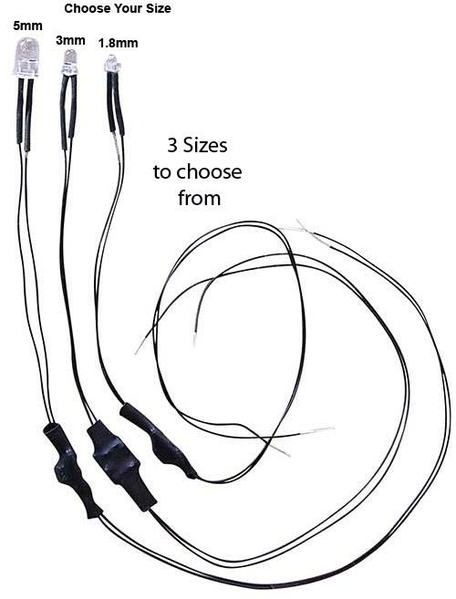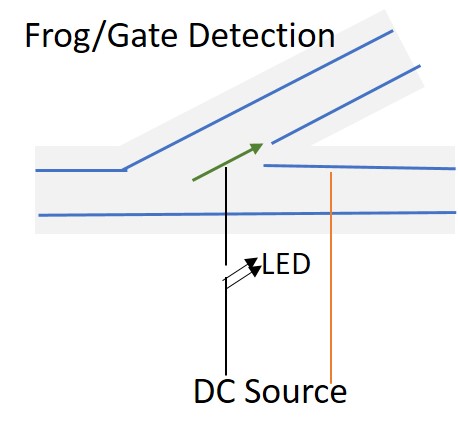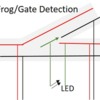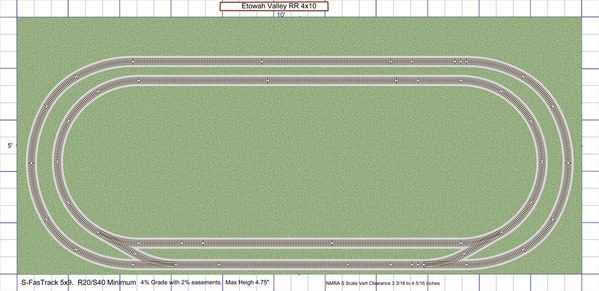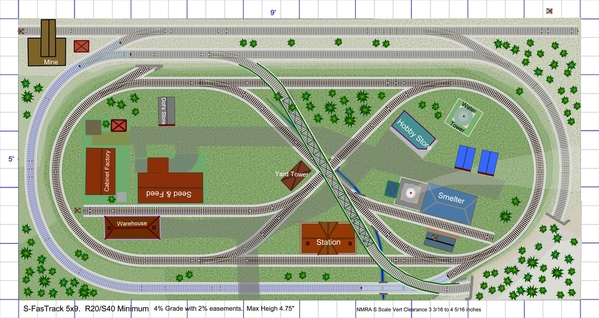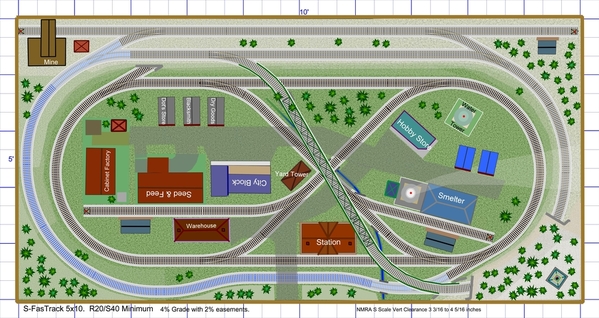Continuing my build: I connected my Legacy and Cab1L up, and tried the remote switching of the turnouts. Some success, one of the turnouts I thought would be reliable is now hesitating when switching from straight to curved. Sometimes I have to press the command button twice or three times, sometimes I have to move it by hand, and then it will switch OK a few times before getting "stuck".
[With all the problems with S FasTrack, one might almost think Lionel is trying to discourage folks adopting. I went with S FasTrack because of the ability to run the turnouts in command mode.]
So I guess I will have to open this one up, to see if there is something binding in the mechanism. I noticed that the turnout throwbar is slanted/cockeyed in between the ties, making contact at the switch stand end. I may be able to trim some from the throwbar, if that is the issue.
When it works, it is great, to be able to switch my turnouts without the remote controllers and running wires to each turnout.
The full build, uses 16 turnouts. At $83 each (not including shipping, etc), that comes to $1,328. A significant investment. But the turnouts just have to work, and they don't.
Not sure where that leaves me on this project. Right now, I have an oval with a passing track in 4'x7'. I really don't want to quit on this, I am stubborn.
On a Positive Note: after a couple more hours running the loco, still zero problems, perfect.




